At the height of , a particle is thrown up with and particle is thorwn down with and particle released with . Draw graphs of each particle.
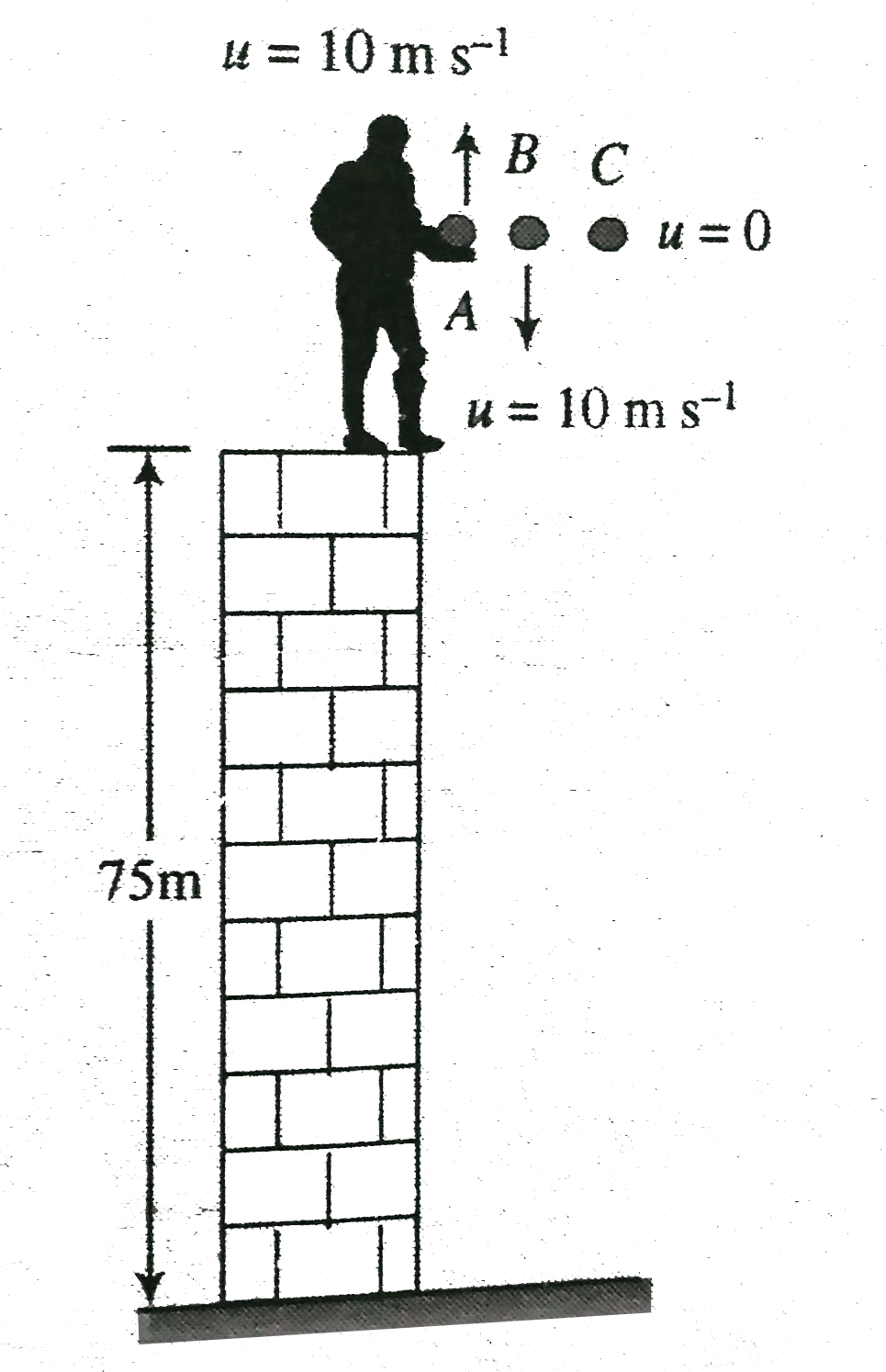 .
.
a. Displacement-time
b. Speed-time
c. Velocity-time
d. Acceleration-time.
Taking oringin at the top of building and upward direction positive.
For particled A
Using
...(i)
Equation (i) is the equation of parabola open down The parabola passes origin when . hence from
For velocity-time relation,
. (ii)
The relaation is straight line relation with negative slopen and positive intercept.
At maximum hetght, velocity of the particle is zero.
Maximum height from (i),
It will reach ground wher
Using again,
When given , i.e., the particle will hit ground at .
Velocity at the time of hitting
Using (ii),
For speed-time relation, the speed is always positive the mirror-image of velocity-time relation on positive side.
For drawing acceleration-time graph we have taken downward direction as negative and acceleration is constant throughout the motion of the praticle, i.e. Hence, acceleration time graph will be straight line parallel with time axis and below the time axis.
 .
.
d. For particle B:
Displacement-time relation,
...(iii)y=-75 m=-10t-5t^(2)t^(2)+2t-15=0 rArr t=3 sv=0-10t rArr v=10tt=3 sv=-10xx3=-30 m s^(-1)u=0. a=-10 m s^(-2)y=ut+(1)/(2)at^(2)=0-(1)/(2)(-10)t^(2)=-5t^(2)vec v=vec u+vec atv=0-10 t =-10ty=-75 m-75=-5t^(2) rArr t=sqrt15 sv=-10sqrt15 s.
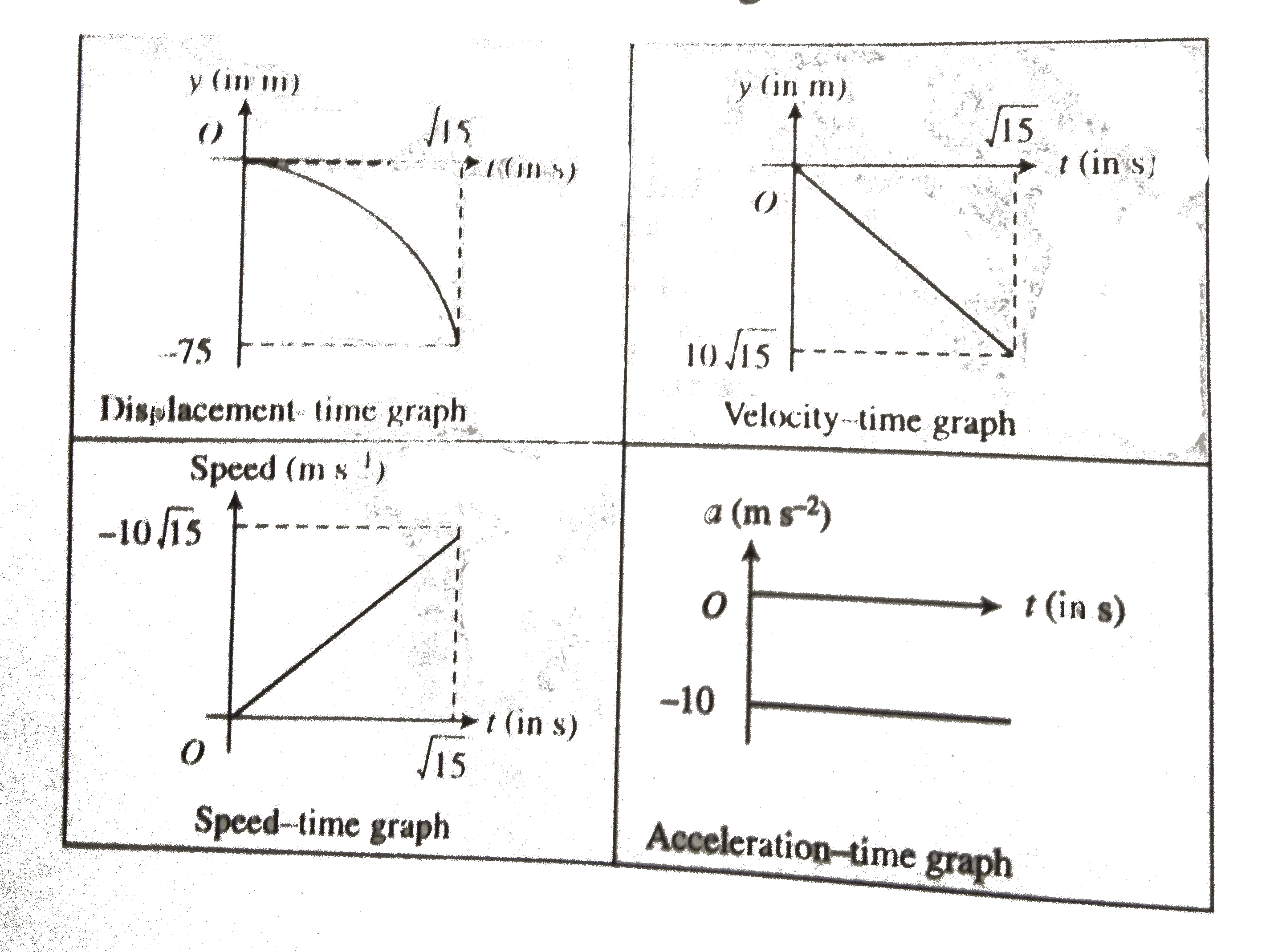 .
.
Topper's Solved these Questions
- BOOK - CENGAGE PHYSICSCHAPTER - KINEMATICS-1EXERCISE - Solved Examples9videos
KINEMATICS-1
- BOOK - CENGAGE PHYSICSCHAPTER - KINEMATICS-1EXERCISE - Exercise 4.117videos
KINEMATICS-1
- BOOK - CENGAGE PHYSICSCHAPTER - GRAVITATIONEXERCISE - INTEGER_TYPE1videos
GRAVITATION
- BOOK - CENGAGE PHYSICSCHAPTER - KINEMATICS-2EXERCISE - Exercise Integer9videos
KINEMATICS-2
Similar Questions
At the height of 500m, a particle a is thrown up with v=75ms−1 and particle B is released from rest. Draw, acceleration -time, velocity-time, speed-time and displacement-time graph of each particle.
View SolutionA number of particles each of mass 10g are in motion. 20% of the particles have speed 10ms−1,50% of particles speed 30ms−1 and 30% have speed 40ms−1. Calculate the root mean square speed of the particles.
View Solution
Knowledge Check
- Question 1 - Select One
Velocity of a particle is given as v=(2t2−3)m/s. The acceleration of particle at t = 3s will be :
A18ms−2B12ms−2C15ms−2Dzero - Question 2 - Select One
The velocity of particel A is 0.1 m/s and that of particle B is 0.5 m/s. If the mass of particle B is five times that of particle A, then the ratio of de-Broglie wavelength associated with particles A and B is
A25:1B3:4C6:4D5:2 - Question 3 - Select One
A particle is moving with velocity v=4t3+3t2−1m/s.
The displacement of particle in time t=1s to t=2s will beA21 mB17 mC13 mD9 m
A particle is projected up with initial speed u=10ms−1 from the top of a building at time t=0. At time t=5s the particle strikes the ground. Find the height of the building in meter.
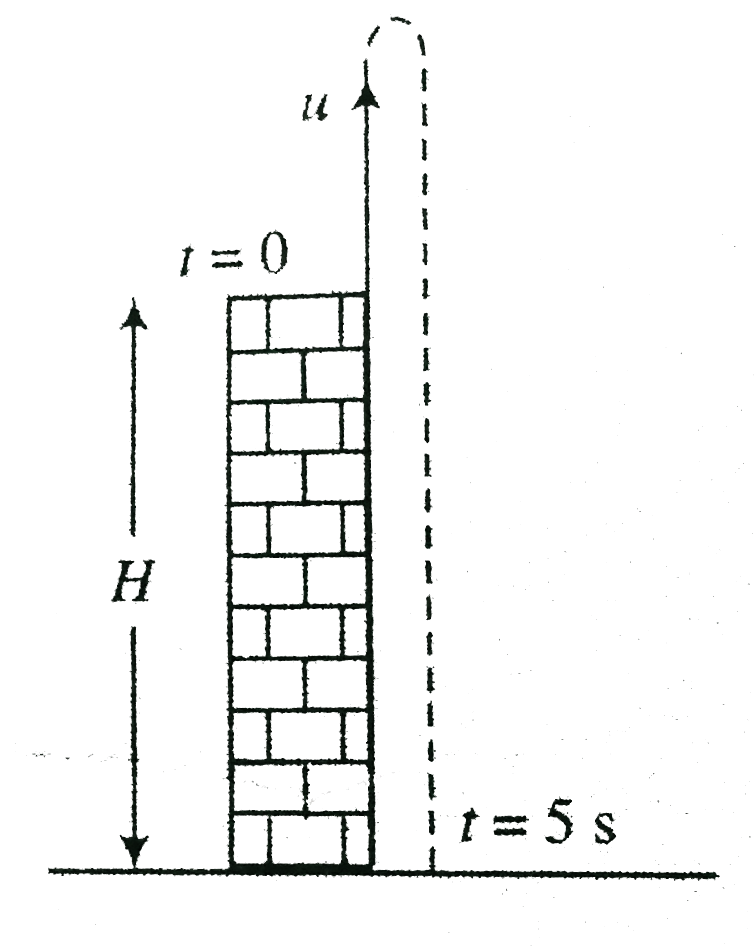 .View Solution
.View SolutionA particle is thrown with a velocity of u m/s. It passes A and B as shown in figure at time t1 = 1 s and t2 = 3 s. The value of u is (g = 10 m/s2)
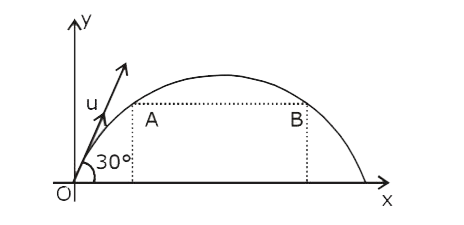 View Solution
View SolutionA particle moves vertically with an upwards initial speed v0=10.5ms−1. If its acceleration varies with time as shown in a-t graph in figure, find the velocity of the particles at t = 4s.
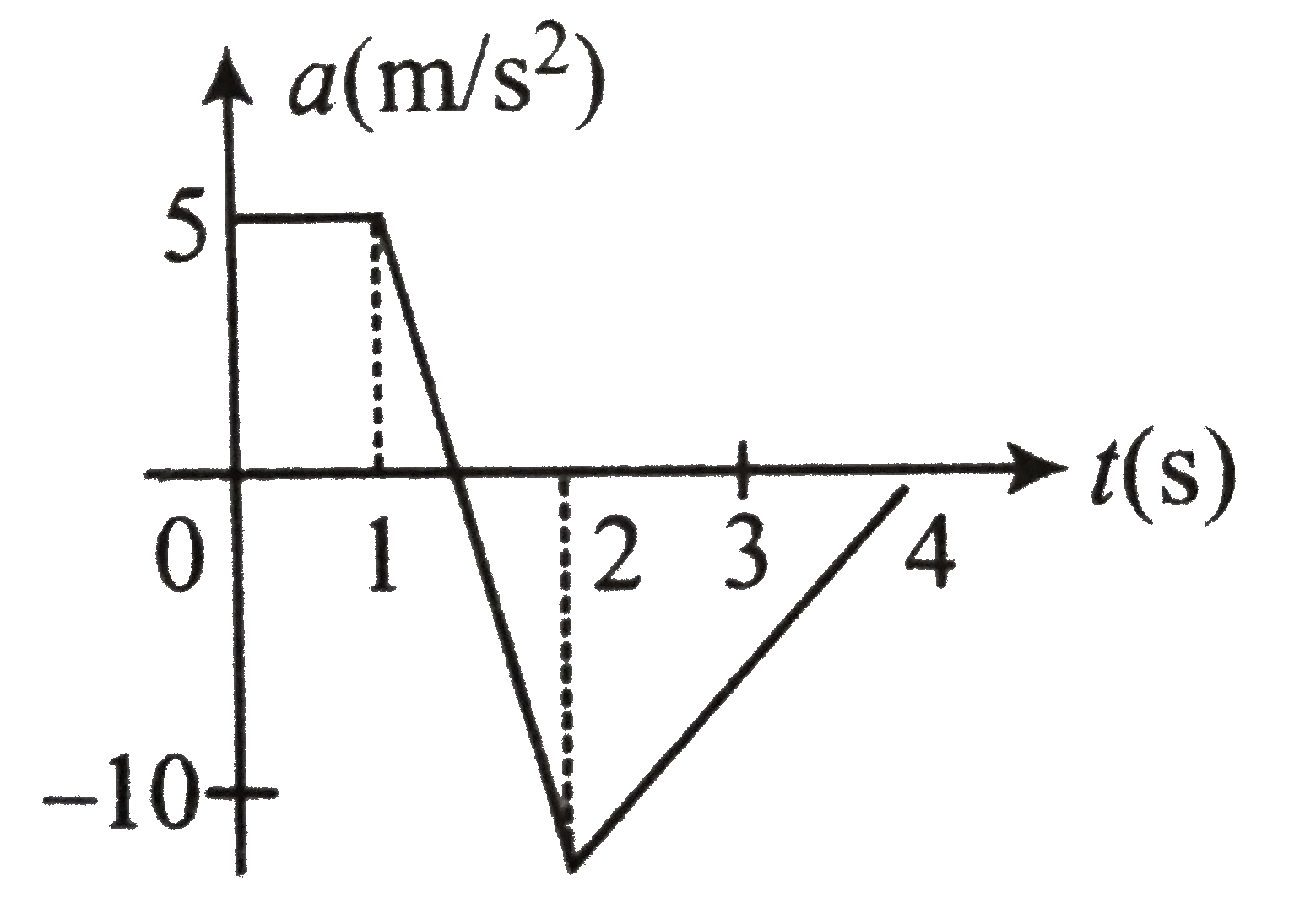 View Solution
View SolutionA particle is thrown with a velocity of u m/s. it passes A and B as shown in figure at time t1=1 s andt2=3 s . The value of u is (g = 10 m/s2)
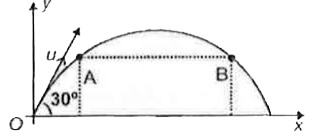 View Solution
View SolutionThe maximum speed of a particle executing S.H.M. is 1 m/s and its maximum acceleration is1.57m/sec2 . The time period of the particle will be
View Solution

